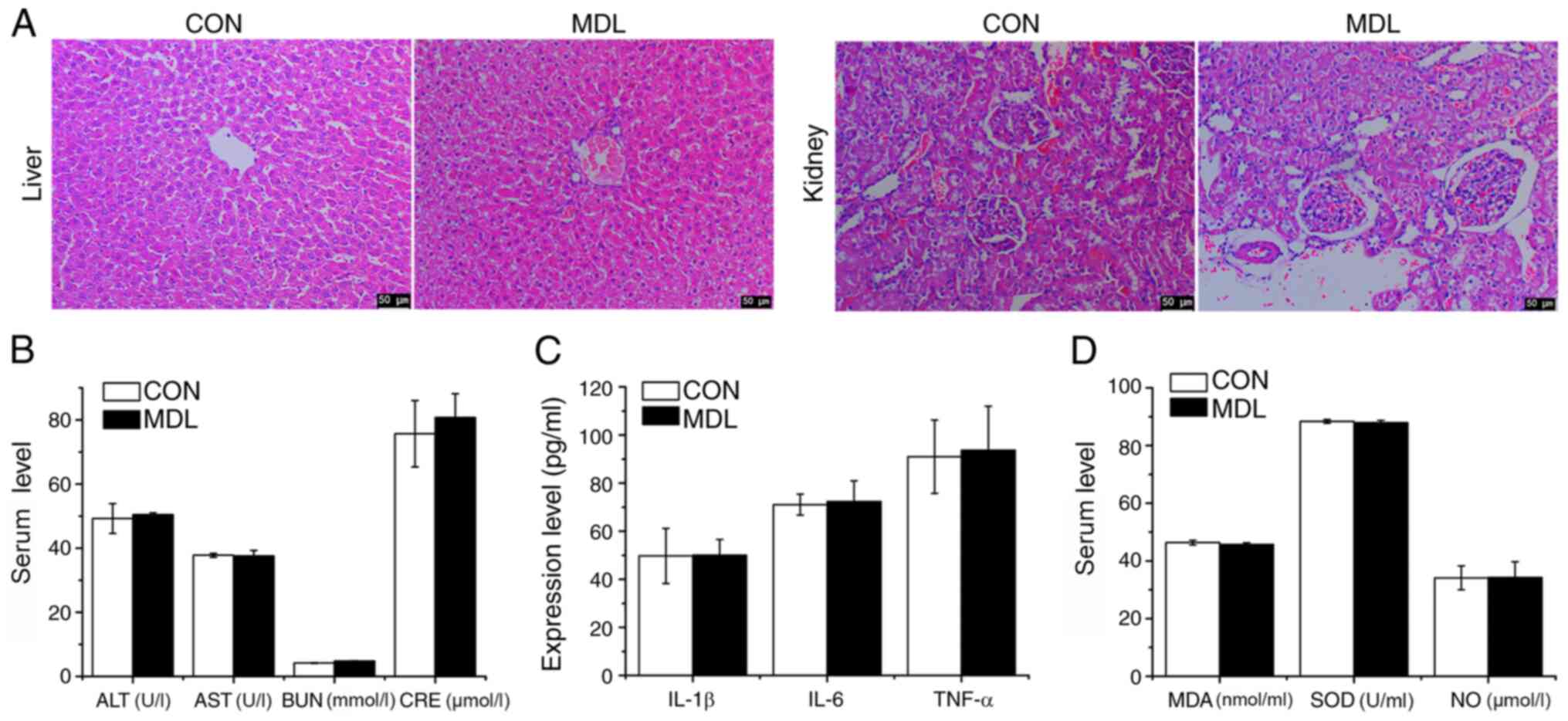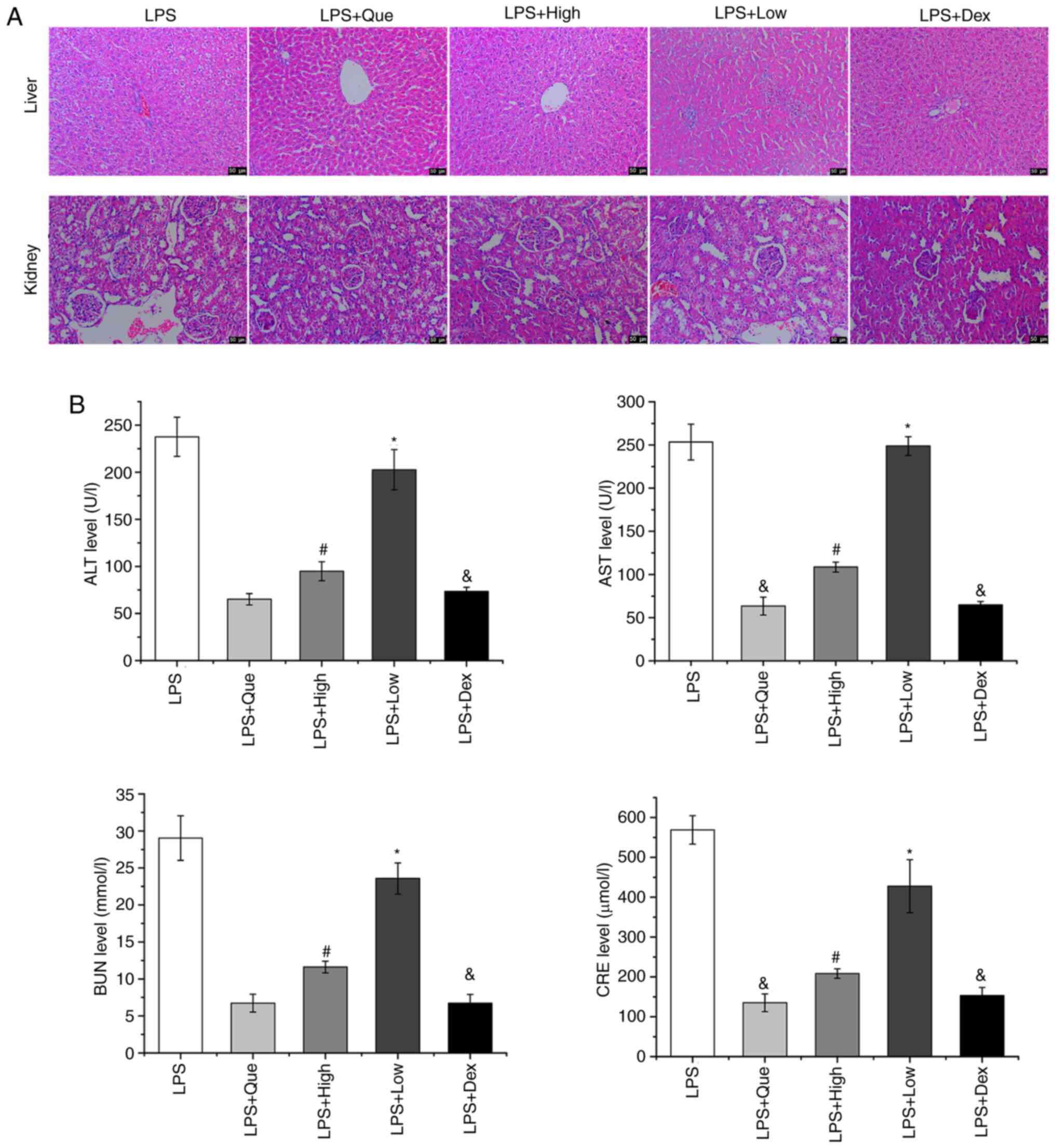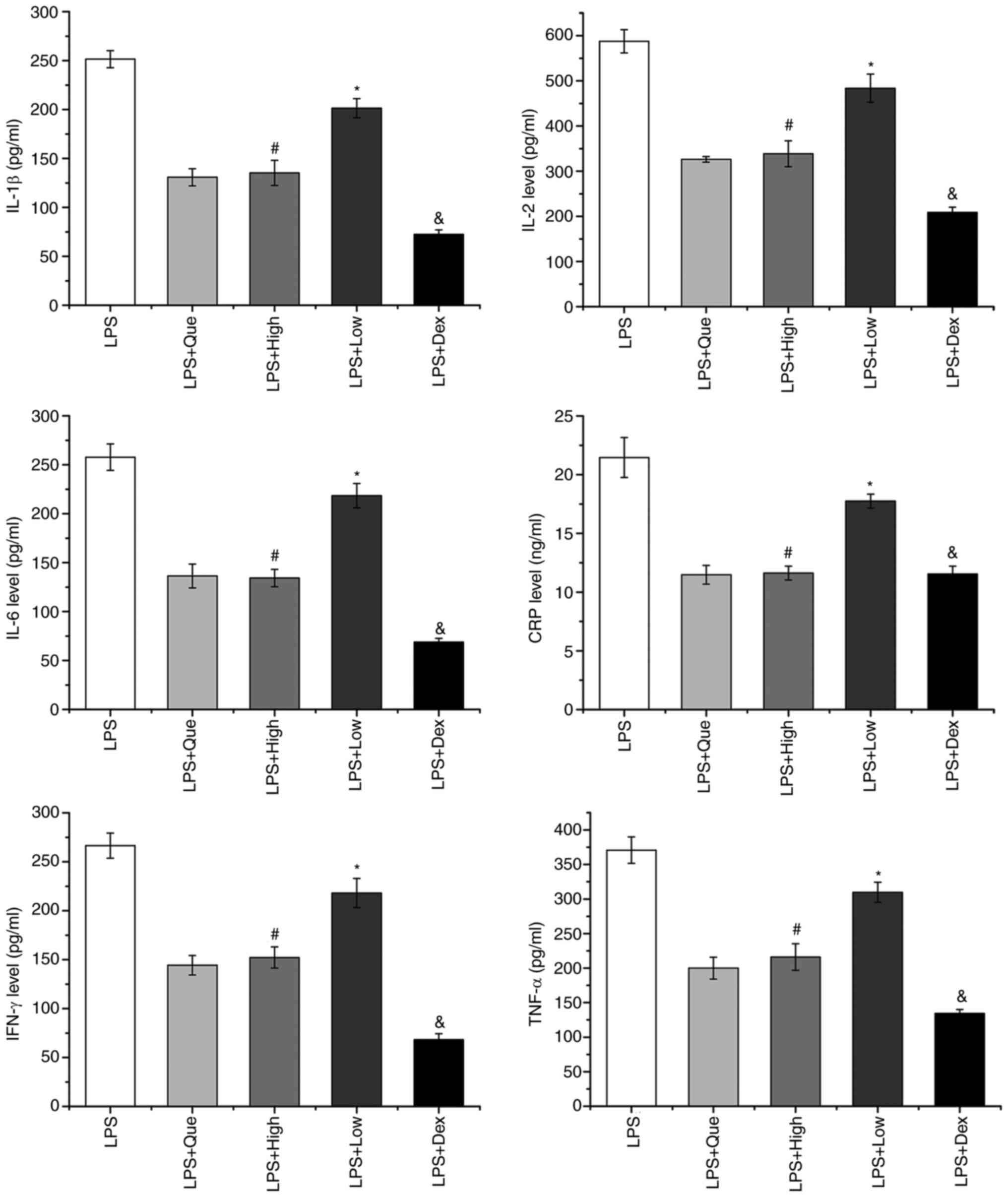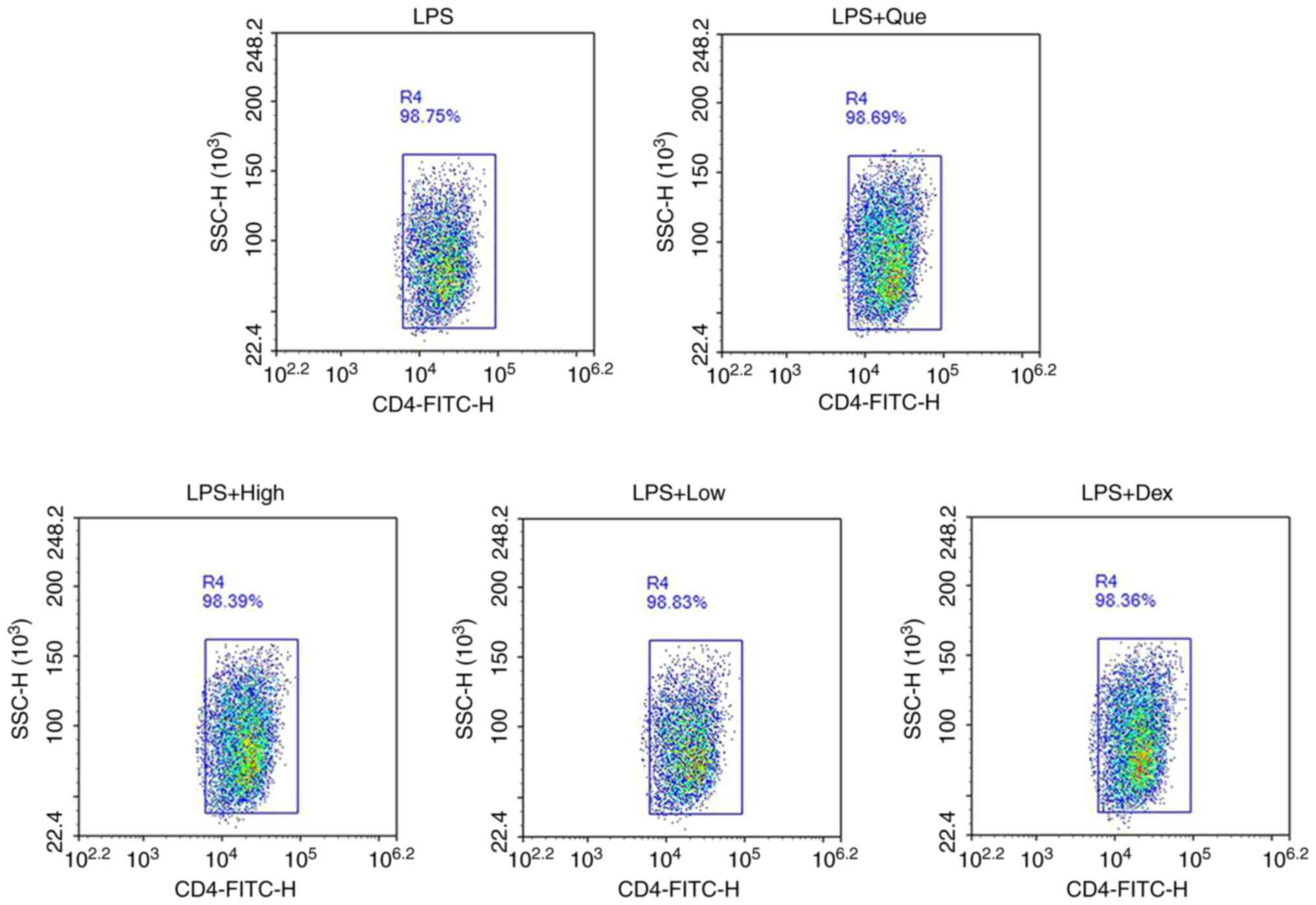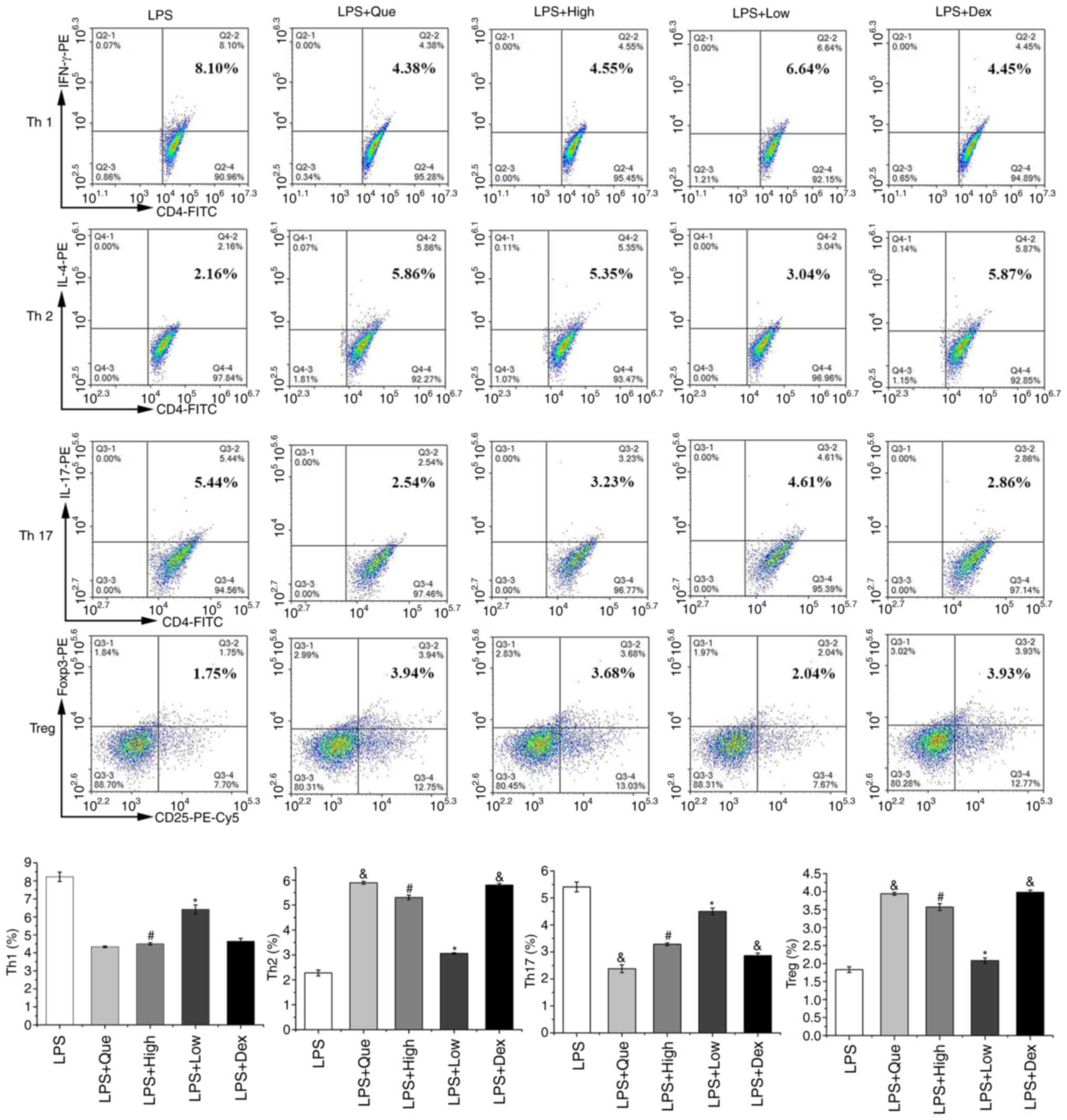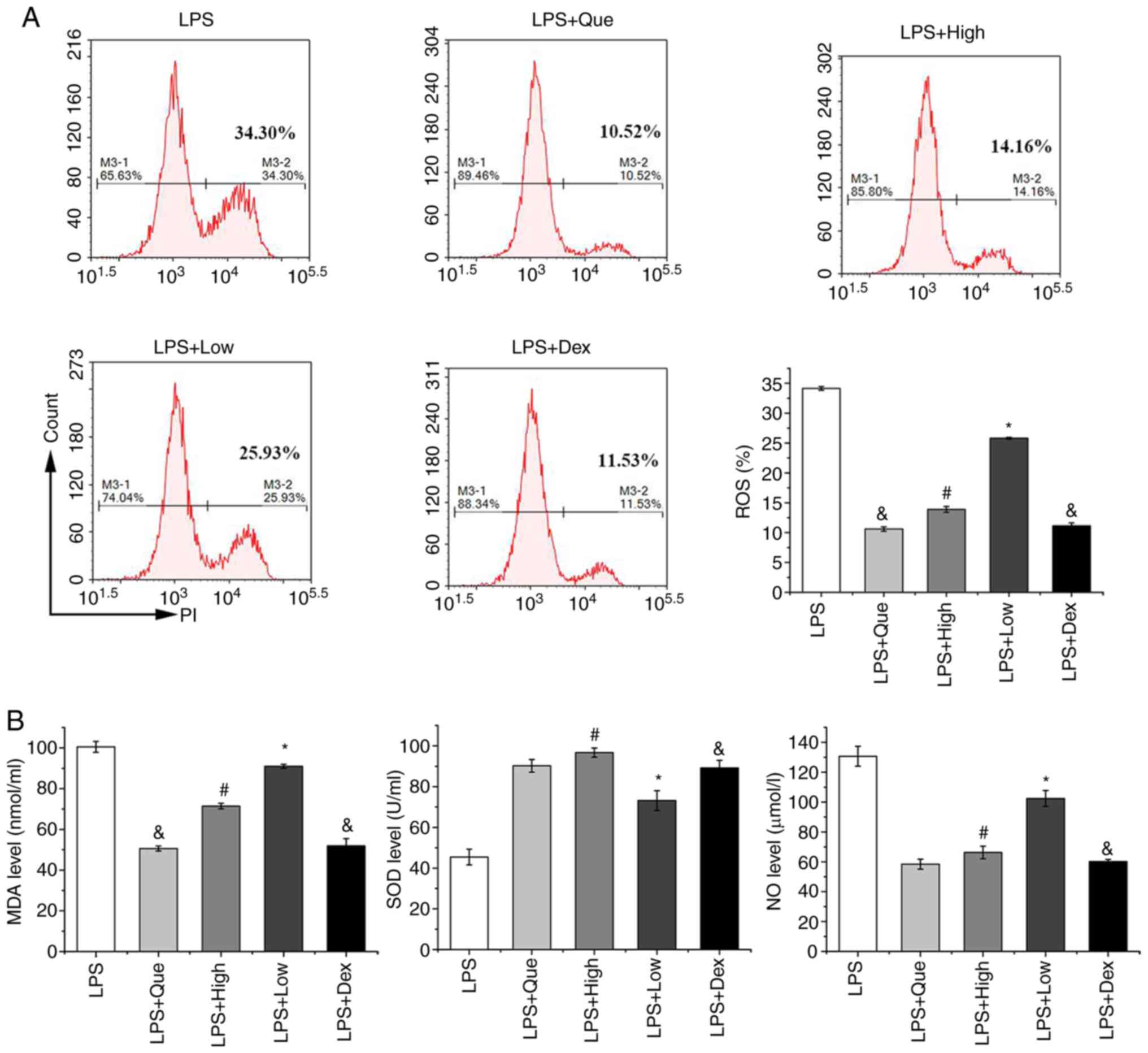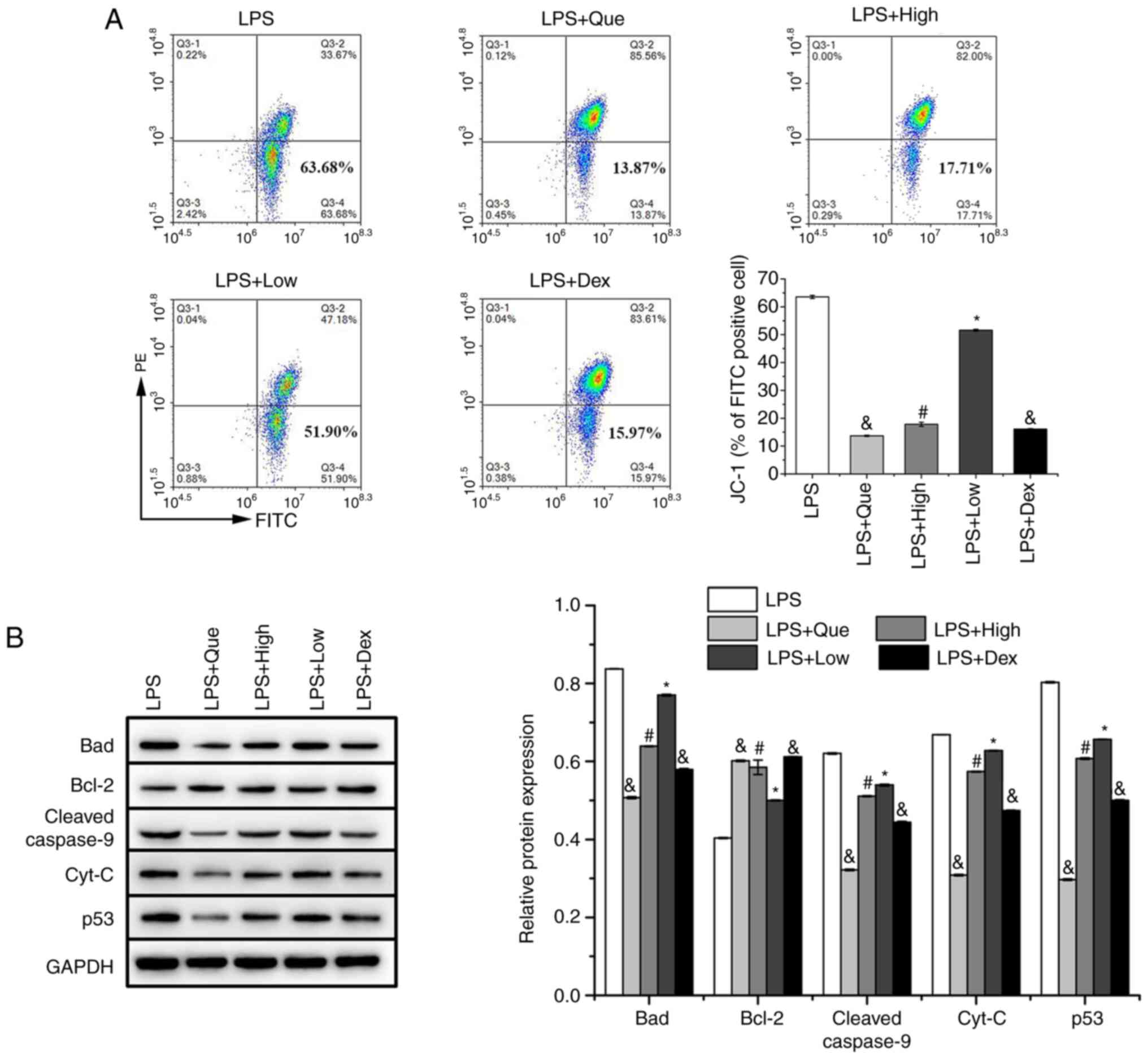|
1
|
Zheng S and Lei H: The effects of She
medicine on the serum index and imaging related to alcoholic liver
disease. Chin Arch Tradit Chin Med. 28:342–343. 2010.
|
|
2
|
Cai M, Cao M, Wang J and Zhang X:
Comparison of antioxidant capacity of 18 She medicine plants. Chin
Tradit Pat Med. 35:2283–2286. 2013.
|
|
3
|
Wang J, Jia Z, Zhang Z, Wang Y, Liu X,
Wang L and Lin R: Analysis of chemical constituents of Melastoma
dodecandrum Lour. byUPLC-ESI-Q-exactive focus-MS/MS. Molecules.
22(476)2017.PubMed/NCBI View Article : Google Scholar
|
|
4
|
Wang J, Zhang N, Lan J, et al: Biological
effects of Melastoma dodecandrum Lour on coagulation
function in rats with limb ischemiareperfusion injury. Zhejiang J
Integr Tradit Chin West Med. 27:562–564. 2017.
|
|
5
|
Zhai XL, Ni J and Gu YL: Separation of
phenols from Melastoma dodecandrum with macroporous resins.
Chin Tradit Herbal Drugs. 39:196–199. 2008.
|
|
6
|
Zhang C, Chen Z, Yao H, Lin Y and Fang Y:
Isolation, purification and structural analysis of polysacharide
MD1 from Melastoma dodecandrum Lour. Acad J Guangzhou Med
Coll. 30:21–24. 2002.
|
|
7
|
Zhou T: Effect of Melastoma
dodecandrum Lour injection on rabbit blood. J Guangzhou Coll
Tradit ChinMed. 12(40)1995.
|
|
8
|
Lapshina EA, Zamaraeva M, Cheshchevik VT,
Olchowik-Grabarek E, Sekowski S, Zukowska I, Golovach NG, Burd VN
and Zavodnik IB: Cranberry flavonoids prevent toxic rat liver
mitochondrial damage in vivo and scavenge free radicals in vitro.
Cell Biochem Funct. 33:202–210. 2015.PubMed/NCBI View
Article : Google Scholar
|
|
9
|
Zhang C, Yao H, Xu L, Yang F and Fang Y:
Effects of polysacharide MD1 on eliminating O-2, OH and
anti-peroxidation upon human erythrocyte membrane. Acad J Guangzhou
Med Coll. 30:18–24. 2002.(In Chinese).
|
|
10
|
Ishii R, Saito K, Horie M, Shibano T,
Kitanaka S and Amano F: Inhibitory effects of hydrolyzable tannins
from Melastoma dodecandrum Lour. on nitric oxide production
by a murine macrophage-like cell line, RAW264.7, activated with
lipopolysaccharide and interferon-gamma. Biol Pharm Bull.
22:647–653. 1999.PubMed/NCBI View Article : Google Scholar
|
|
11
|
Zhang C: Studies on the chemical
constituents and pharmacological activities of Melastoma
dodecandrum Lour. Guangzhou Univ Technol, 2003.
|
|
12
|
Eid HM and Haddad PS: The antidiabetic
potential of quercetin: Underlying mechanisms. Curr Med Chem.
24:355–364. 2017.PubMed/NCBI View Article : Google Scholar
|
|
13
|
Li W, Li H, Zhang M, Wang M, Zhong Y, Wu
H, Yang Y, Morel L and Wei Q: Quercitrin ameliorates the
development of systemic lupus erythematosus-like disease in a
chronic graft-versus-host murine model. Am J Physiol Renal Physiol.
311:F217–F226. 2016.PubMed/NCBI View Article : Google Scholar
|
|
14
|
Liu W, Zhang M, Feng J, Fan A, Zhou Y and
Xu Y: The influence of quercetin on maternal immunity, oxidative
stress, and inflammation in mice with exposure of fine particulate
matter during gestation. Int J Environ Res Public Health.
14(592)2017.PubMed/NCBI View Article : Google Scholar
|
|
15
|
Xu XL, Yang LJ and Jiang JG: Renal toxic
ingredients and their toxicology from traditional Chinese medicine.
Expert Opin Drug Metab Toxicol. 12:149–159. 2016.PubMed/NCBI View Article : Google Scholar
|
|
16
|
Zhu J, Yamane H and Paul WE:
Differentiation of effector CD4 T cell populations (*). Annu Rev
Immunol. 28:445–489. 2010.PubMed/NCBI View Article : Google Scholar
|
|
17
|
Sałkowska A, Karaś K, Karwaciak I,
Walczak-Drzewiecka A, Krawczyk M, Sobalska-Kwapis M, Dastych J and
Ratajewski M: Identification of novel molecular markers of human
Th17 cells. Cells. 9(1611)2020.PubMed/NCBI View Article : Google Scholar
|
|
18
|
Hirahara K and Nakayama T: CD4+
T-cell subsets in inflammatory diseases: Beyond the Th1/Th2
paradigm. Int Immunol. 28:163–171. 2016.PubMed/NCBI View Article : Google Scholar
|
|
19
|
Fang D and Zhu J: Molecular switches for
regulating the differentiation of inflammatory and IL-10-producing
anti-inflammatory T-helper cells. Cell Mol Life Sci. 77:289–303.
2020.PubMed/NCBI View Article : Google Scholar
|
|
20
|
Zhou L, Chong MM and Littman DR:
Plasticity of CD4+ T cell lineage differentiation.
Immunity. 30:646–655. 2009.PubMed/NCBI View Article : Google Scholar
|
|
21
|
Szabo SJ, Kim ST, Costa GL, Zhang X,
Fathman CG and Glimcher LH: A novel transcription factor, T-bet,
directs Th1 lineage commitment. Cell. 100:655–669. 2000.PubMed/NCBI View Article : Google Scholar
|
|
22
|
Agita A and Alsagaff MT: Inflammation,
immunity, and hypertension. Acta Med Indones. 49:158–165.
2017.PubMed/NCBI
|
|
23
|
Chen Z, Laurence A and O'Shea JJ: Signal
transduction pathways and transcriptional regulation in the control
of Th17 differentiation. Semin Immunol. 19:400–408. 2007.PubMed/NCBI View Article : Google Scholar
|
|
24
|
Dominguez-Villar M and Hafler DA:
Regulatory T cells in autoimmune disease. Nat Immunol. 19:665–673.
2018.PubMed/NCBI View Article : Google Scholar
|
|
25
|
Zheng Y, Dong C, Yang J, Jin Y, Zheng W,
Zhou Q, Liang Y, Bao L, Feng G, Ji J, et al: Exosomal
microRNA-155-5p from PDLSCs regulated Th17/Treg balance by
targeting sirtuin-1 in chronic periodontitis. J Cell Physiol.
234:20662–20674. 2019.PubMed/NCBI View Article : Google Scholar
|
|
26
|
Kim HR, Kim BM, Won JY, Lee KA, Ko HM,
Kang YS, Lee SH and Kim KW: Quercetin, a plant polyphenol, has
potential for the prevention of bone destruction in rheumatoid
arthritis. J Med Food. 22:152–161. 2019.PubMed/NCBI View Article : Google Scholar
|
|
27
|
Ma C, Kesarwala AH, Eggert T,
Medina-Echeverz J, Kleiner DE, Jin P, Stroncek DF, Terabe M, Kapoor
V, ElGindi M, et al: NAFLD causes selective CD4(+) T lymphocyte
loss and promotes hepatocarcinogenesis. Nature. 531:153–257.
2016.PubMed/NCBI View Article : Google Scholar
|
|
28
|
Wang Z, Wang J, Xie R, Liu R and Lu Y:
Mitochondria-derived reactive oxygen species play an important role
in doxorubicin-induced platelet apoptosis. Int J Mol Sci.
16:11087–11100. 2015.PubMed/NCBI View Article : Google Scholar
|
|
29
|
Bhat AH, Dar KB, Anees S, Zargar MA,
Masood A, Sofi MA and Ganie SA: Oxidative stress, mitochondrial
dysfunction and neurodegenerative diseases; a mechanistic insight.
Biomed Pharmacother. 74:101–110. 2015.PubMed/NCBI View Article : Google Scholar
|
|
30
|
Liu J, Zhang J, Ren L, Wei J, Zhu Y, Duan
J, Jing L, Sun Z and Zhou X: Fine particulate matters induce
apoptosis via the ATM/P53/CDK2 and mitochondria apoptosis pathway
triggered by oxidative stress in rat and GC-2spd cell. Ecotoxicol
Environ Saf. 180:280–287. 2019.PubMed/NCBI View Article : Google Scholar
|
|
31
|
Hauseman ZJ, Harvey EP, Newman CE, Wales
TE, Bucci JC, Mintseris J, Schweppe DK, David L, Fan L, Cohen DT,
et al: Homogeneous oligomers of pro-apoptotic BAX reveal structural
determinants of mitochondrial membrane permeabilization. Mol Cell.
79:68–83.e7. 2020.PubMed/NCBI View Article : Google Scholar
|
|
32
|
Wei Y, Yu S, Zhang Y, Zhang Y, Zhao H,
Xiao Z, Yao L, Chen S and Zhang J: NDRG2 promotes adriamycin
sensitivity through a Bad/p53 complex at the mitochondria in breast
cancer. Oncotarget. 8:29038–29047. 2017.PubMed/NCBI View Article : Google Scholar
|















